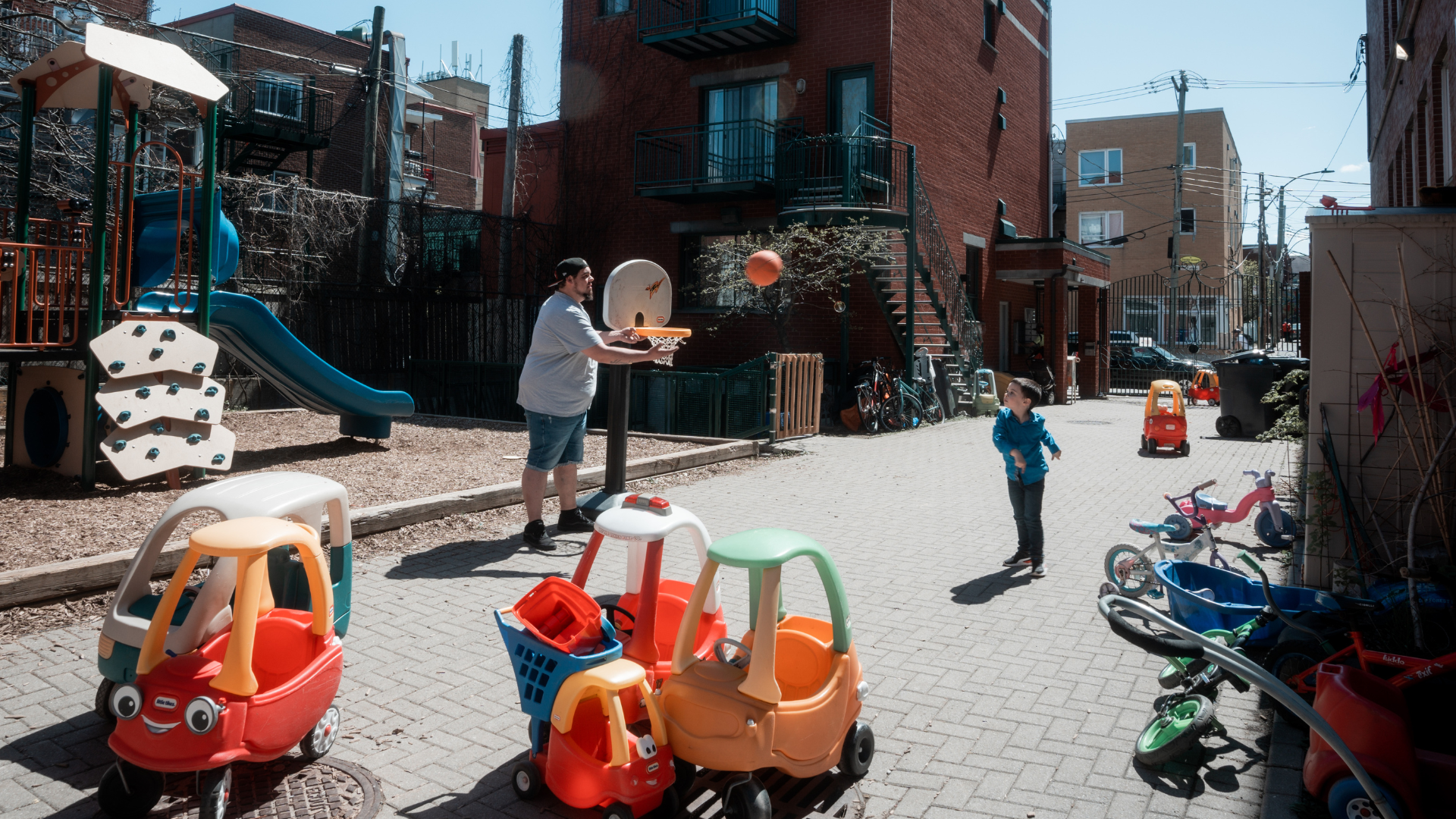
Le Plateau-Mont-Royal
Snapshot of
Le Plateau-Mont-Royal

Discover key facts
👩🦰 Population – strong presence of young adults
Montreal’s most populous neighbourhood, Le Plateau stands out for its high proportion of adults, especially young adults. Residents aged 18 to 34 represent 37% of the population, while children aged 0–17 and seniors 65 and over each account for only 10%. This predominance of young adults is characteristic of central Montreal neighbourhoods.
👴 People living alone and seniors living alone – strong presence
The neighbourhood has the largest populations of people living alone (30,025) and seniors living alone (6,175) in Montreal. The Métro-Est sector stands out with the highest number of people living alone, while all sectors show rates of seniors living alone well above the Montreal average.
📍 Poverty – neighbourhood at the top of the list
Le Plateau has the largest number of low-income residents in Montreal (17,495 people). This population is concentrated in large numbers in the Plateau-Ouest sector (4,530 people). The neighbourhood’s low-income rate, one of the highest on the island, is well above Montreal’s average (17% versus 11%) and reaches 24% in Saint-Louis and 35% in Métro-Est.
🌎 Non-permanent residents – strong presence
The immigration rate in Le Plateau (23%) is below the Montreal average (33%), but the neighbourhood hosts a significant share of recent immigrants (26% of all immigrants in the neighbourhood) and the largest population of non-permanent residents in Montreal (15,915 people).
🏢 Housing – high cost
The average rent for a two-bedroom apartment in the neighbourhood is $1,460 (2024), well above the Montreal average ($1,145). Nearly 15,000 renter households (36%) spend an excessive share of their income on housing, compared to 28% in Montreal. Half of the renter households are concentrated in the Métro-Est sector.

Dashboard
Consult this dashboard to access a wide range of demographic, socio-cultural/economic, and living-condition data.



